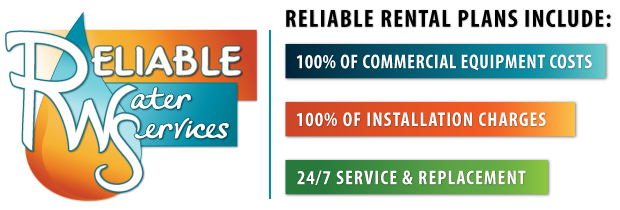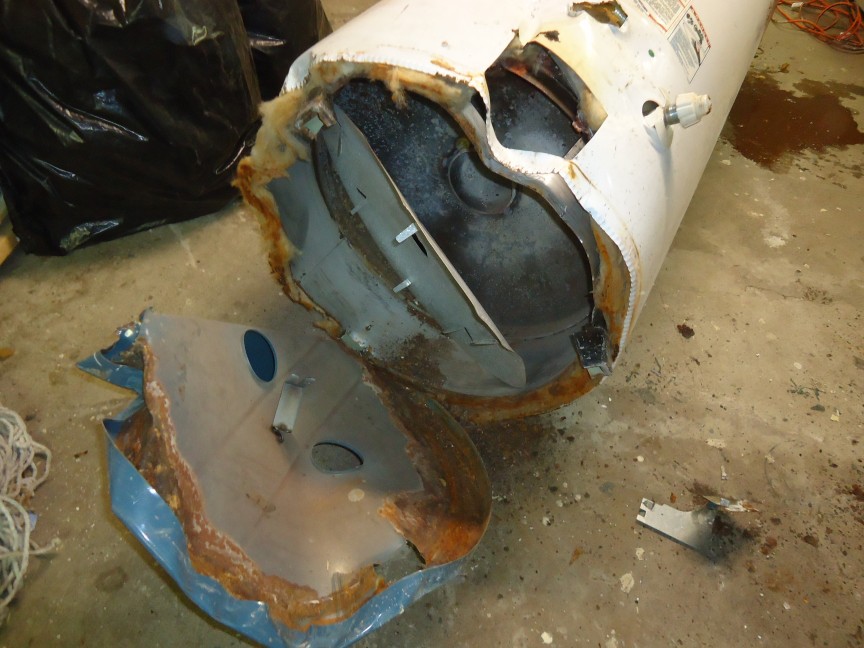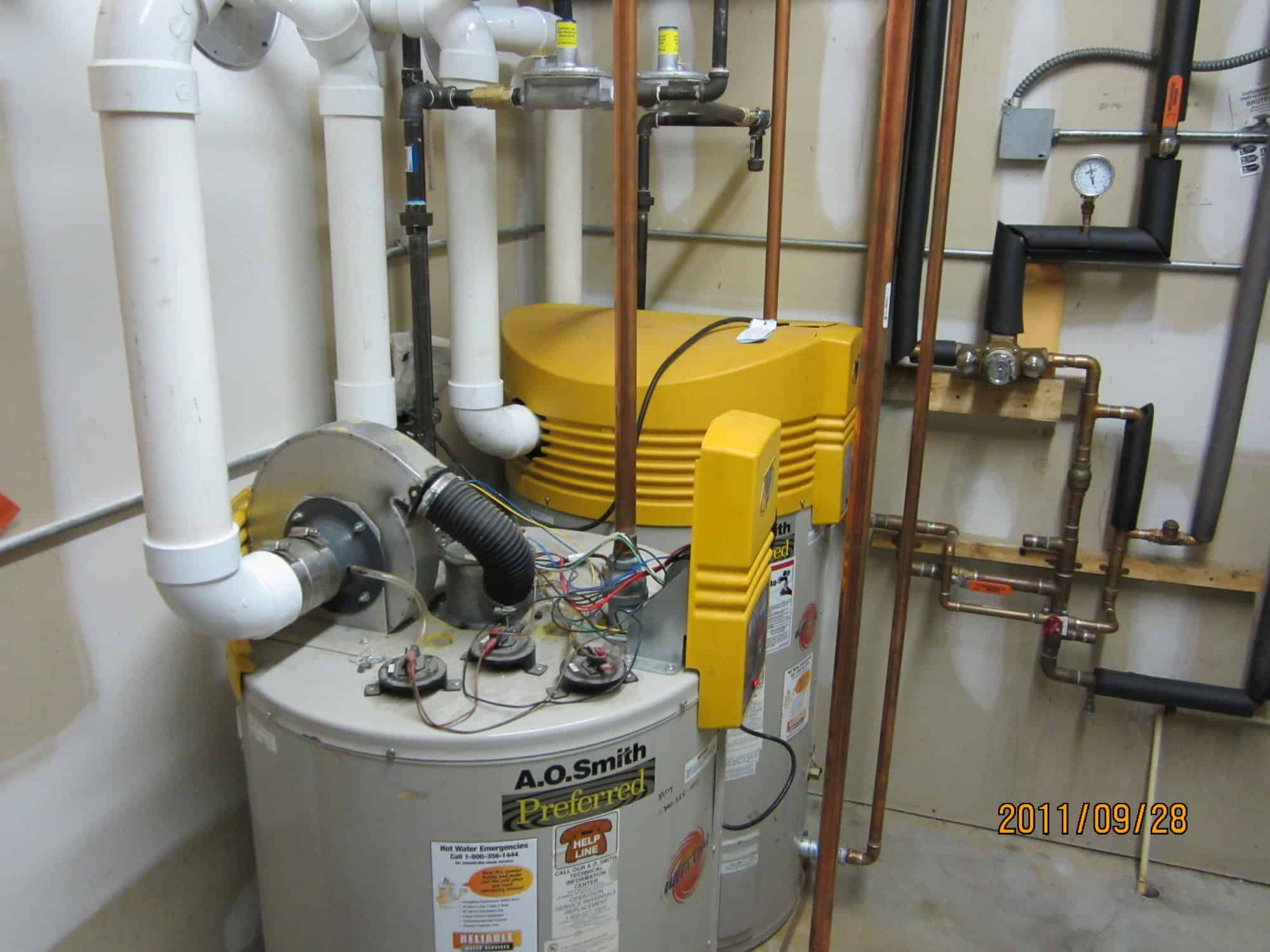
Understanding Co-Op Building Management
Are you thinking about going co-op?
Co-op apartment management can be advantageous to tenants and building owners alike, but there are many things to consider. Is it a good move for a building owner? Let’s take a look at the pros and cons of a co-op over traditional housing and explore what you’re responsible for – and what you’re not.
What is a Co-Op?
Co-op is shorthand for housing cooperative. In the simplest terms, co-op membership is a legal arrangement where tenants do not own their apartments. Instead, they are shareholders in a corporation that owns a building, which gives them the right to live in the apartment. The number of shares they own depends on the size of the apartment.
All of the costs incurred by the corporation, from mortgage costs and property tax to lawn care, are divided among shareholders. As you can see, understanding housing co-ops is a bit tricky.
What are the Responsibilities of Co-Op Apartment Management?
 Unlike condo owners, co-op members are responsible for everything inside their apartments. Your responsibility as the building owner ends at their front door. And that means you can employ a much smaller staff. If a tenant needs a plumber, it’s their problem, not yours.
Unlike condo owners, co-op members are responsible for everything inside their apartments. Your responsibility as the building owner ends at their front door. And that means you can employ a much smaller staff. If a tenant needs a plumber, it’s their problem, not yours.
You are, however, responsible for common areas and shared services. Typically, services include keeping hallways, lobby, and outside areas clean and maintained, elevators running, and building electricity and HVAC in good working order.
Historic buildings with beautiful architecture in prestigious locations are popular co-ops, and they come with maintenance issues common to old buildings. For example, plumbing may require repair, and they often have boiler rooms in the basement that supply hot water to the entire building. If that is the case, the co-op apartment manager is responsible for the plumbing that provides the building with water and maintaining the water heater, which can be a major responsibility. Some historic buildings may even use hot water to heat the building, although this is rare today.
Newer buildings usually have small water heaters for each apartment. Some buildings have a central HVAC system for climate control. Any equipment or service that affects the entire building is the responsibility of management.
Before you consider converting to co-op apartments, make sure you know what areas of the building you’ll be responsible for. Understanding co-op housing management responsibilities will help you assess costs and staffing needs.
Who Manages a Co-Op Apartment Building?
Co-ops are run by a board made up of building residents elected by the other residents. In addition to managing the building, collecting payments, approving new residents, and hiring staff, board members make and impose the rules. Typically, co-op rules may include pet policies, number and duration of guests residents are allowed, approved contractors, and even whether you may put a welcome mat in the hall.
Pros and Cons of Managing a Co-Op Apartment Building
Co-op building management has some definite advantages, but there are also significant drawbacks to consider.
 Pros of Co-Op Building Management
Pros of Co-Op Building Management
- The LLC limits your personal liability. For example, if something happens to the building, the corporation is liable, not you, personally.
- Since you are only responsible for common areas and systems, maintenance costs are far less. Preventative maintenance can be easy to keep up with due to the limited ground to cover.
- From a tenant standpoint, the primary advantage of a co-op organization is lower costs. Co-ops are not-for-profit and operate at cost. Some co-ops have limited staff, and residents sometimes agree to pitch in with building maintenance and lower costs.
- While co-op members do not own their apartments in a traditional sense, they get the same tax breaks available to homeowners.
- Due to the nature of co-ops and the difficulty of selling out, residents tend to stay put rather than move around like renters. Long-term residents can result in a strong community environment.
- In the event of overpayment, shareholders sometimes get unspent funds back, similar to collecting dividends. These funds can be used to improve common areas of the co-op apartment building, marketing efforts to fill any vacancies, or for other community-building endeavors.
Cons of Co-Op Building Management
- One of the significant risks of managing a co-op building is making loan payments and other costs if a resident defaults. When a resident can not (or will not) pay their share, the expenses must be shared by everyone else in the building for as long as the resident is in default or until they are ousted and replaced. In a small co-op building, the costs, including the apartment shares, taxes, insurance, maintenance, and staff, can be considerable. For this reason, co-op boards are very selective about who can join. If a member defaults and other residents can’t cover the costs, the mortgage on the building could be at risk.
- Another issue is the time it takes to fill an apartment. The vetting process is extensive and time-consuming. Co-op boards are picky, with very good reason. Nightmare tenants can range from people who destroy the property to celebrities who disrupt the building with traffic and paparazzi. Privacy and peace-of-mind matter. This can mean an extended time with empty apartments and other residents bearing the cost. The intense approval process makes it more difficult to buy and sell shares.
- Board members can make arbitrary and pejorative rules for personal reasons. Board squabbles come with the territory. One of the most compelling reasons people buy into a co-op is their influence over rules. But it’s a double-edged sword. Co-op boards can be laid back and relaxed, dominated by an authoritarian personality who makes draconian rules and somehow influences other board members to agree, or anything in between.
- It’s not generally a good investment for people who do not intend to live in an apartment. Co-op boards are notoriously unfriendly to subletting, and renters and are highly unlikely to approve ongoing short-term rentals. As such, co-op apartments are rarely listed as vacation rentals.
Types of Co-Op Buildings
There are two types of co-op organizations, with differences in the financial structure.
Shareholder/Ownership Co-Op Buildings
 Shareholders have the rights to a specific apartment through a title transfer. They accrue equity, so even though they do not technically own the unit, they share profits when the property value rises. The board decides how shares can be bought and sold:
Shareholders have the rights to a specific apartment through a title transfer. They accrue equity, so even though they do not technically own the unit, they share profits when the property value rises. The board decides how shares can be bought and sold:
- Market rate: Members can buy and sell their shares at the going market rate within co-op restrictions on new tenants.
- Limited equity: The board defines the price at which shares may be bought and sold.
Leasing or Non-equity Co-Op Buildings
The LLC does not own the building. The entire building is leased, so shareholders do not build equity. Residents are lessees; the arrangement is similar to renting a traditional apartment.
Who Joins Co-Ops?
Some co-ops are located in cities where costs are high. Many very wealthy people in Manhattan, for example, live in prestigious historic co-op buildings. But co-ops are not reserved for the rich. They are also cost-effective solutions for low-income people, who may be eligible for HUD grants, affordable loans, and other financial assistance.
It’s also a viable solution for people who want to start communities of like-minded residents. These planned communities often feature amenities like community food gardens and activities.
Considering Co-Op Building Management?
If you already own an apartment building, starting a co-op means attracting a group of people who want to live in a co-op or convincing existing rental tenants that forming a co-op is in their best interest.
Next, you’ll need to choose co-op board members and decide how to manage membership, finance, maintenance, and operations. The board will need to create bylaws to govern important procedures, like member approvals and budget allocation.
From there, you’ll need to draw up a realistic budget and business plan. Make sure your group can raise or finance enough to have enough in reserve to cover major repairs. You can work with an existing nonprofit organization or form your own co-op apartment LLC.
Before moving in, perform any necessary repairs and get the place spruced up. Happy tenants make for an excellent start to the venture.
Co-op building management is not like traditional rental property management. If you’re considering starting a co-op or looking into managing a co-op, do your research—be prepared to learn and gather information. The more prepared you are for co-op living, the better your experience. Check out the National Association of Housing Cooperatives for more information and ideas about co-op building management.

 Pros of Co-Op Building Management
Pros of Co-Op Building Management














0 comments
Write a comment